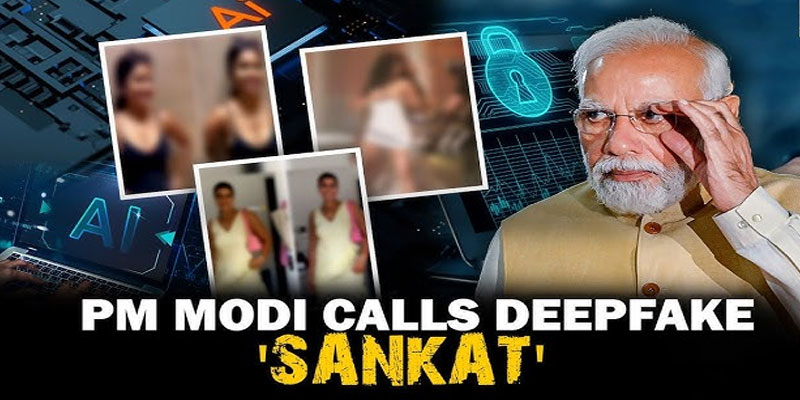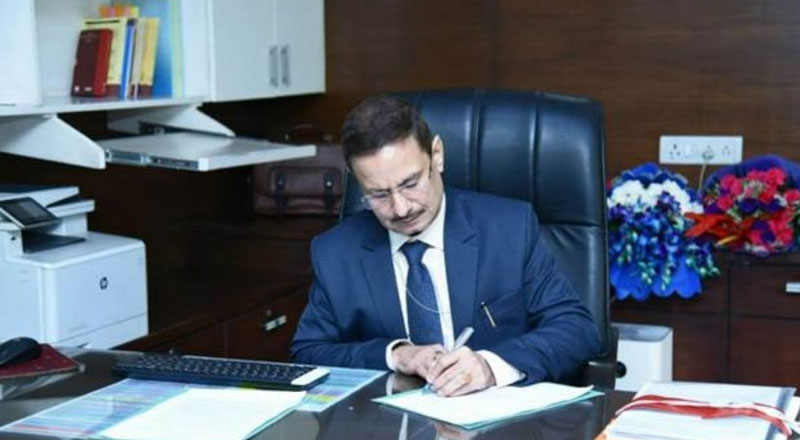A deepfake video, falsely showing Prime Minister Narendra Modi stating that "the cow is the best animal for qurbani" (Islamic sacrificial slaughter), circulated on social media around June 2025. This manipulated content has been swiftly and widely debunked by multiple fact-checking organizations, highlighting the escalating threat of AI-generated misinformation.
The viral video purported to show PM Modi making a highly contentious statement regarding cows, animals deeply revered in Hinduism, and the Islamic practice of qurbani, typically observed during Eid al-Adha. However, the video is entirely inauthentic. Its footage was digitally altered, with AI-generated audio superimposed onto an original, unrelated speech by the Prime Minister.
The Truth Behind the Manipulation:
- Manipulated Content: The visuals in the fake video originate from a legitimate speech delivered by PM Modi on June 7, 2024, during an NDA Parliamentary Party meeting. In his actual address, Modi discussed governance and national unity, making no mention of cows, qurbani, or animal sacrifice.
- AI-Generated Audio: The misleading audio fragment, where Modi is falsely depicted endorsing cows for qurbani, was artificially created using advanced AI tools. This fabricated audio was then seamlessly overlaid onto the authentic video, crafting a convincing yet entirely false narrative.
- Fact-Check Confirmation: Reputable fact-checking platforms, including Newschecker and FACEOFF , have meticulously analyzed the video and definitively confirmed it as a deepfake. Their investigations traced the visuals back to Modi’s genuine speech and unequivocally identified the audio as artificially generated.
This incident underscores the growing danger posed by AI-driven misinformation, especially when it targets culturally and religiously sensitive topics. Such deepfakes have the potential to:
- Incitement of Tensions: Fabricated content can inflame existing communal tensions and create social unrest, particularly in diverse societies like India where religious sentiments run deep.
- Erosion of Public Trust: When public figures are falsely depicted saying or doing controversial things, it erodes trust not only in the individuals but also in media, institutions, and even the democratic process itself.
- Manipulation of Public Opinion: Deepfakes can be weaponized to spread false narratives and manipulate public perception, influencing political outcomes and impacting social harmony. This is particularly concerning in the context of elections, where such content can sway voter sentiment.
- Challenges in Identification: As AI technology advances, deepfakes are becoming increasingly sophisticated and harder for the average person to detect. This makes it crucial for citizens to be vigilant and for robust fact-checking mechanisms to be in place.
The prevalence of deepfake technology necessitates greater media literacy among citizens. It is imperative to verify content before sharing and to rely on credible sources to combat the insidious spread of AI-generated misinformation. This incident serves as a stark reminder of the evolving landscape of digital deception.






















